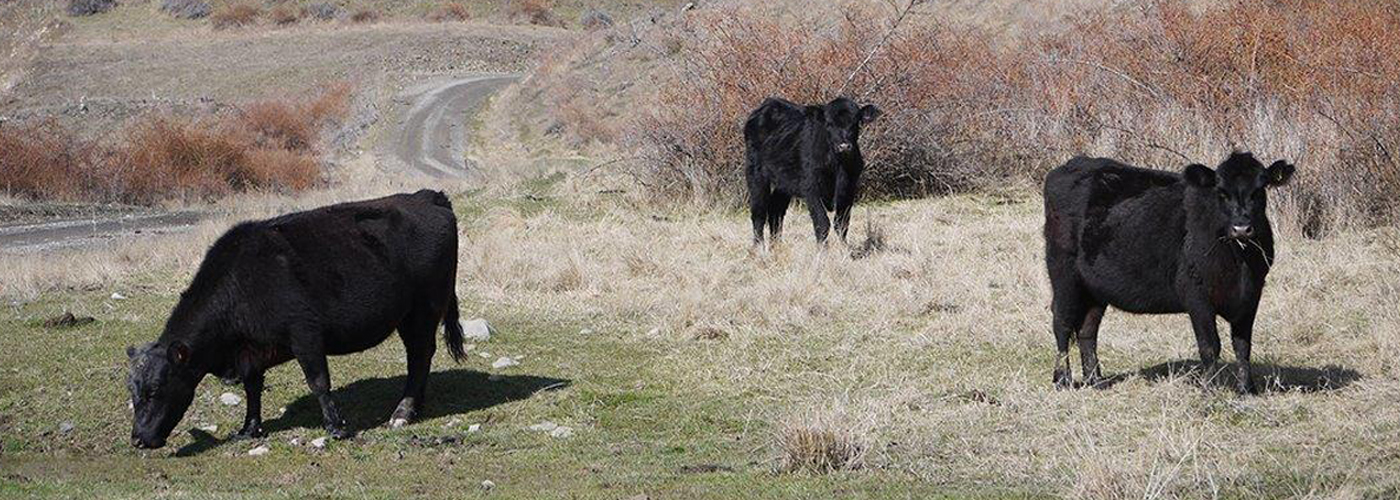
Calving will be well underway or finished for most farmers by now. Therefore, mating is just around the corner, and we should be asking ourselves what key management decisions can be made now to maximise beef herd profitability. It is known that the productivity of the beef herd is predominantly influenced by reproductive efficiency. More specifically, the number of calves x weight of calves weaned, divided by cow liveweight. These reproductive traits are poorly inherited, so they cannot be easily improved by genetic selection. So what can be done to maximise return from the beef herd around mating?
The selection of an appropriate mating date, so that calving fits the feed supply curve on your property and works best for your management system, is crucial.
We can highlight some of the factors below that should be considered when striving to improve the reproductive efficiency and therefore profitability of your beef herd:
The PPAI is the time that a cow needs to recover before it starts cycling again. The beef cow has only about 83 days post calving to get back in calf in order to maintain the annual calving interval. The optimum average PPAI for the beef cow is between 60 and 70 days. A major reason for failure of cows to rebreed is a prolonged PPAI. A higher body condition score (BCS) at calving, which is then maintained through the postpartum period, will result in a shorter PPAI. Cow age and breed, as well as calving date, also influence PPAI. Most cows with a high BCS at calving will show oestrus within 60 days.
Heifer mating should normally be programmed 3 weeks earlier than for the cows, to allow for their 20-day longer postpartum anoestrus (PPA) period following first calving. The selection of a heifer mating date that is earlier than the older cows should not result in nutritional stress to the heifers, otherwise fertility advantages are negated. The second calving date for heifers sets the future calving pattern for the herd and therefore has a big influence on herd profitability. ‘Early calving heifers’ become ‘early calving cows’. Grazing the replacement heifers separately when they have calves at foot allows them to be given preferential nutritional care. However, management constraints do not always make this feasible.
It is important to ensure that the heifers reach minimum critical liveweight (270 kg for Angus, 280 kg for Hereford, and 300 kg for later-maturing breeds) when bred at 15 months of age. Aim for a minimum of 65% of mature weight 1 month before mating. This encourages the heifer to cycle 2 or 3 times prior to mating. This will increase the profitability of the heifer conceiving early in the breeding season, as the fertility of the first oestrus is lower than subsequent ones. Overfeeding can be detrimental, but excessive weight gain of beef heifers is unlikely to be an issue under NZ grazing conditions. Mating heifers at 15 months can significantly improve the economics of the beef herd. However, if critical minimum mating weights at 15 months are difficult to achieve consistently, and/or in-calf rates are less than 70%, then delay mating until heifers are 27 months of age (2-yr-olds).
The main goals are to manage the risks of infertile/sub-fertile bulls and to maximise the number of cows mated.
Multiple sire mating works best when bulls are of similar age and have had time to establish a social hierarchy, and also where there is a relatively high mating workload for the bulls. Dominant bulls that are sub-fertile can reduce pregnancy rates in multiple bull mating systems. Bulls, ideally, should be rotated every 21 days (one breeding cycle) to reduce the impact of sub-fertile bulls. This is especially important in single sire mating systems where the risk of mating failure is higher.
Farmer observation over mating reduces the risk of problems. Critical observations are that the bulls are ‘working’, sound on all four legs, and not spending all their time fighting and displaying dominance. It is also important to check that the cows are cycling and that excessive numbers of cows are not returning to cycle after service.
Suggested bull-to-cow ratios will always be influenced by specific farm and animal factors and quality of bull management, but they do serve as a guide:
Annual Breeding Soundness Exams and Mating Ability Testing of bulls in conjunction with a comprehensive animal health programme should be organised with your veterinarian. This could allow lower bull-to-cow ratios (1 bull to 50 – 60 cows) and reduce the importance of rotating bulls over mating.
Gerard Poff
Vetlife Culverdon